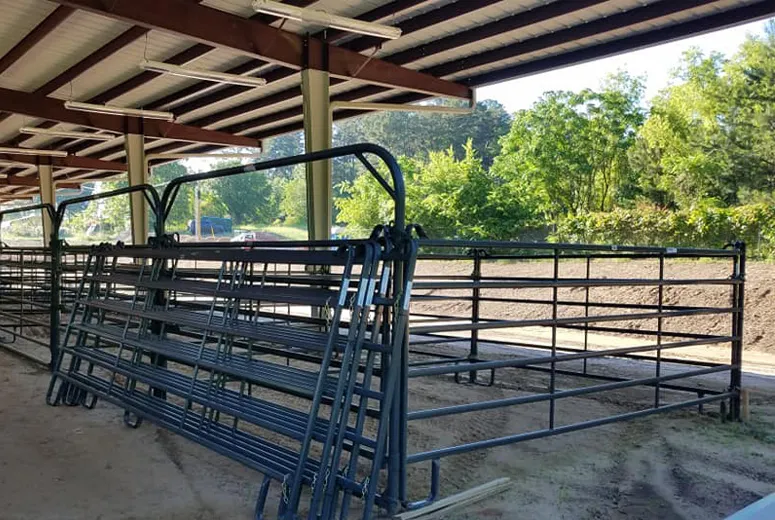- Afrikaans
- Albanian
- Amharic
- Arabic
- Armenian
- Azerbaijani
- Basque
- Belarusian
- Bengali
- Bosnian
- Bulgarian
- Catalan
- Cebuano
- Corsican
- Croatian
- Czech
- Danish
- Dutch
- English
- Esperanto
- Estonian
- Finnish
- French
- Frisian
- Galician
- Georgian
- German
- Greek
- Gujarati
- Haitian Creole
- hausa
- hawaiian
- Hebrew
- Hindi
- Miao
- Hungarian
- Icelandic
- igbo
- Indonesian
- irish
- Italian
- Japanese
- Javanese
- Kannada
- kazakh
- Khmer
- Rwandese
- Korean
- Kurdish
- Kyrgyz
- Lao
- Latin
- Latvian
- Lithuanian
- Luxembourgish
- Macedonian
- Malgashi
- Malay
- Malayalam
- Maltese
- Maori
- Marathi
- Mongolian
- Myanmar
- Nepali
- Norwegian
- Norwegian
- Occitan
- Pashto
- Persian
- Polish
- Portuguese
- Punjabi
- Romanian
- Russian
- Samoan
- Scottish Gaelic
- Serbian
- Sesotho
- Shona
- Sindhi
- Sinhala
- Slovak
- Slovenian
- Somali
- Spanish
- Sundanese
- Swahili
- Swedish
- Tagalog
- Tajik
- Tamil
- Tatar
- Telugu
- Thai
- Turkish
- Turkmen
- Ukrainian
- Urdu
- Uighur
- Uzbek
- Vietnamese
- Welsh
- Bantu
- Yiddish
- Yoruba
- Zulu
డిసెం . 25, 2024 16:58 Back to list
Steel Frame Roof Structures An Overview
In modern architecture and construction, the roof serves not only as a protective barrier against the elements but also plays a critical role in the overall aesthetics and functionality of a building. Among various roofing systems, steel frame roof structures stand out due to their strength, durability, and design flexibility. This article delves into the intricacies of steel frame roof structures, exploring their advantages, applications, and construction methods.
Advantages of Steel Frame Roof Structures
One of the primary benefits of using steel in roof construction is its exceptional strength-to-weight ratio. Steel can support significant loads without the bulk associated with other materials such as concrete or timber. This allows architects and engineers to design roofs that are both lightweight and capable of spanning large distances, minimizing the need for intermediate supports or columns. This characteristic is particularly advantageous for open-plan spaces, where a clear span enhances functionality and aesthetics.
Durability is another hallmark of steel frame roofing systems. Steel is inherently resistant to multiple environmental factors, including pests, rot, and fire. Unlike timber, which can degrade over time or succumb to insect infestations, steel maintains its integrity and performance with minimal maintenance. This longevity translates into reduced lifecycle costs, making steel a cost-effective option in the long run.
Additionally, steel frame roofing contributes positively to sustainability efforts in construction. The material is recyclable, making it an eco-friendly choice. Even at the end of its life cycle, steel can be repurposed without considerable loss in quality. The energy efficiency of steel, combined with its recyclability, aligns with modern sustainable building practices that prioritize minimized environmental impact.
Applications of Steel Frame Roof Structures
Steel frame roof structures are widely utilized in various types of buildings. In commercial architecture, large retail spaces, warehouses, and industrial facilities often employ steel roofs due to their ability to support heavy equipment and loading. The flexibility in design allows for expansive, unobstructed interiors, which are essential in these environments.
steel frame roof structure

In the realm of residential construction, steel frame roofs are gaining popularity. Modern homes are increasingly designed with unique, bold roofs that showcase architectural innovation. Steel allows for intricate designs and modern aesthetics, making it a preferred choice for contemporary residential projects. Furthermore, the lightweight nature of steel reduces the structural load on foundations, which can be particularly beneficial in areas with challenging soil conditions.
Sports facilities and arenas also benefit from steel roof structures. The capacity for large spans without support columns enables unobstructed views and seating arrangements, which is crucial for spectator experiences. Additionally, roofs can be designed to accommodate lighting, ventilation, and even solar panels, enhancing energy performance.
Construction Methods
The construction of steel frame roof structures typically involves several key steps. Firstly, a detailed design is developed, taking into account factors such as load requirements, environmental conditions, and aesthetic considerations. Advanced software is often used to create models enabling precise calculations and designs.
Once the design is finalized, the fabrication of steel components begins. Sizes and shapes of steel members, such as beams and columns, are cut, shaped, and assembled in a factory setting. This controlled environment ensures high-quality production standards, reducing on-site errors and accelerating the construction timeline.
After fabrication, the steel components are transported to the construction site, where they are assembled using cranes and other lifting equipment. Connection methods, such as welding or bolting, are used to ensure that the structure is stable and secure. Finally, roofing materials, whether they be metal panels, tiles, or other options, are installed on top of this steel framework, completing the project.
Conclusion
Steel frame roof structures represent a sophisticated blend of strength, durability, and design flexibility that makes them a preferred choice in modern construction. Their application spans various sectors, from commercial to residential and recreational facilities, all benefiting from the numerous advantages steel offers. As the construction industry increasingly leans towards sustainability, the use of recyclable materials like steel will likely continue to rise, solidifying its role in the roofs of tomorrow.
-
Cold Formed Steel Residential Framing
NewsMay.21,2025
-
Innovative Steel Structure Building Solutions
NewsMay.19,2025
-
Innovative Prefab Metal Shed Solutions
NewsMay.19,2025
-
Durable Steel Horse Shelter Solutions
NewsMay.19,2025
-
Durable Metal Shed Solutions
NewsMay.19,2025
-
Durable Big Metal Shed Solutions
NewsMay.19,2025
Products categories
Our Latest News
We have a professional design team and an excellent production and construction team.












